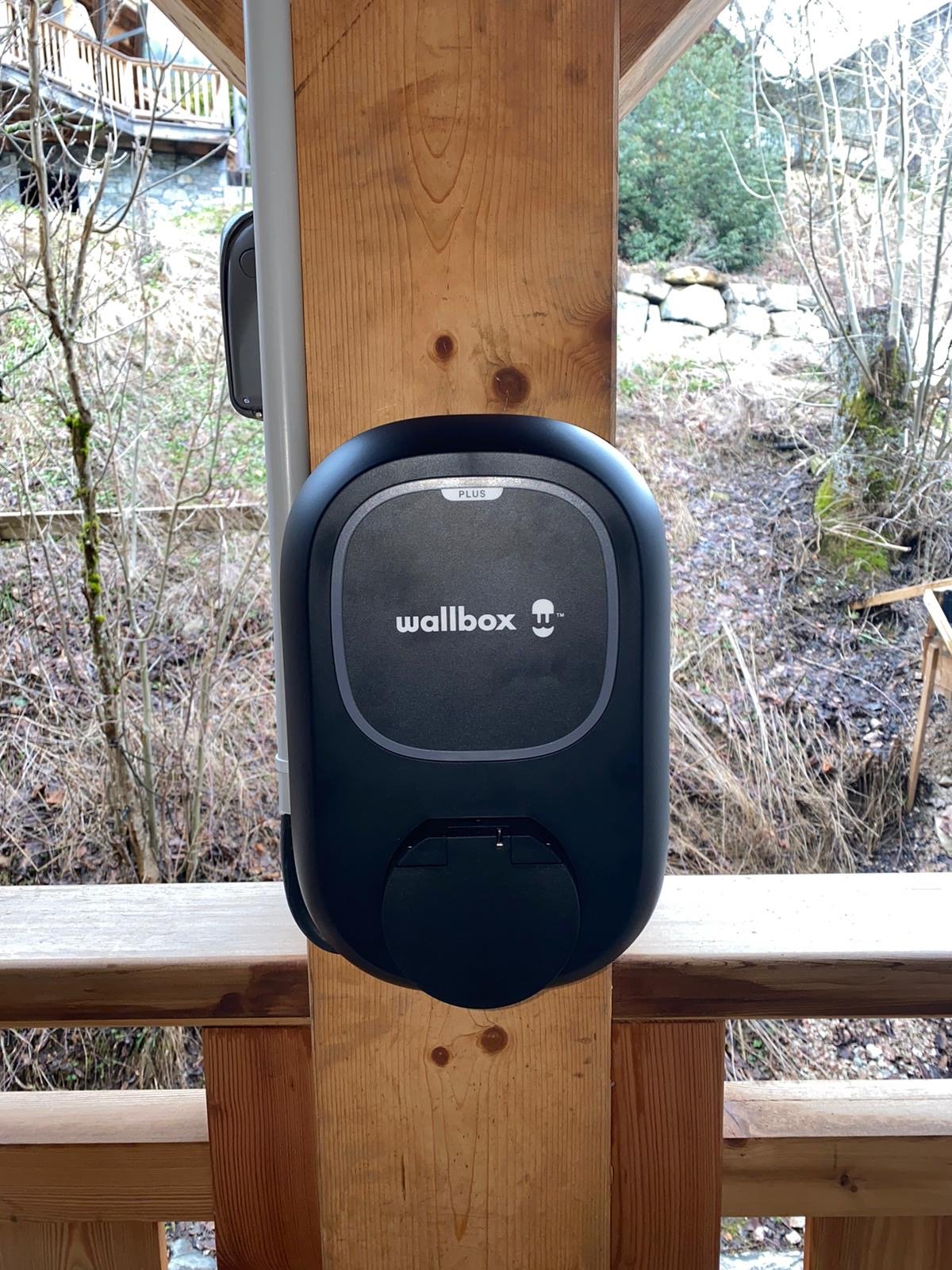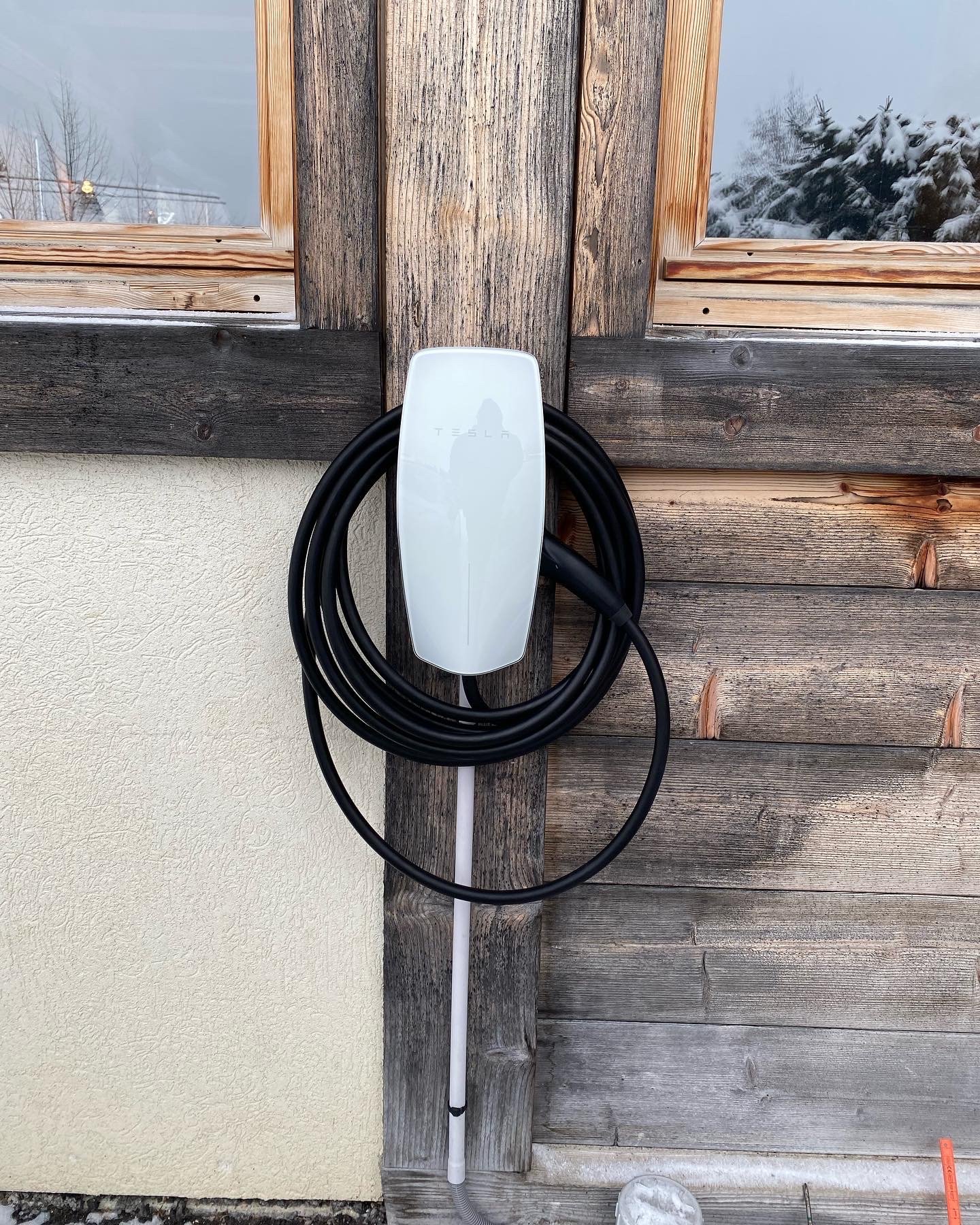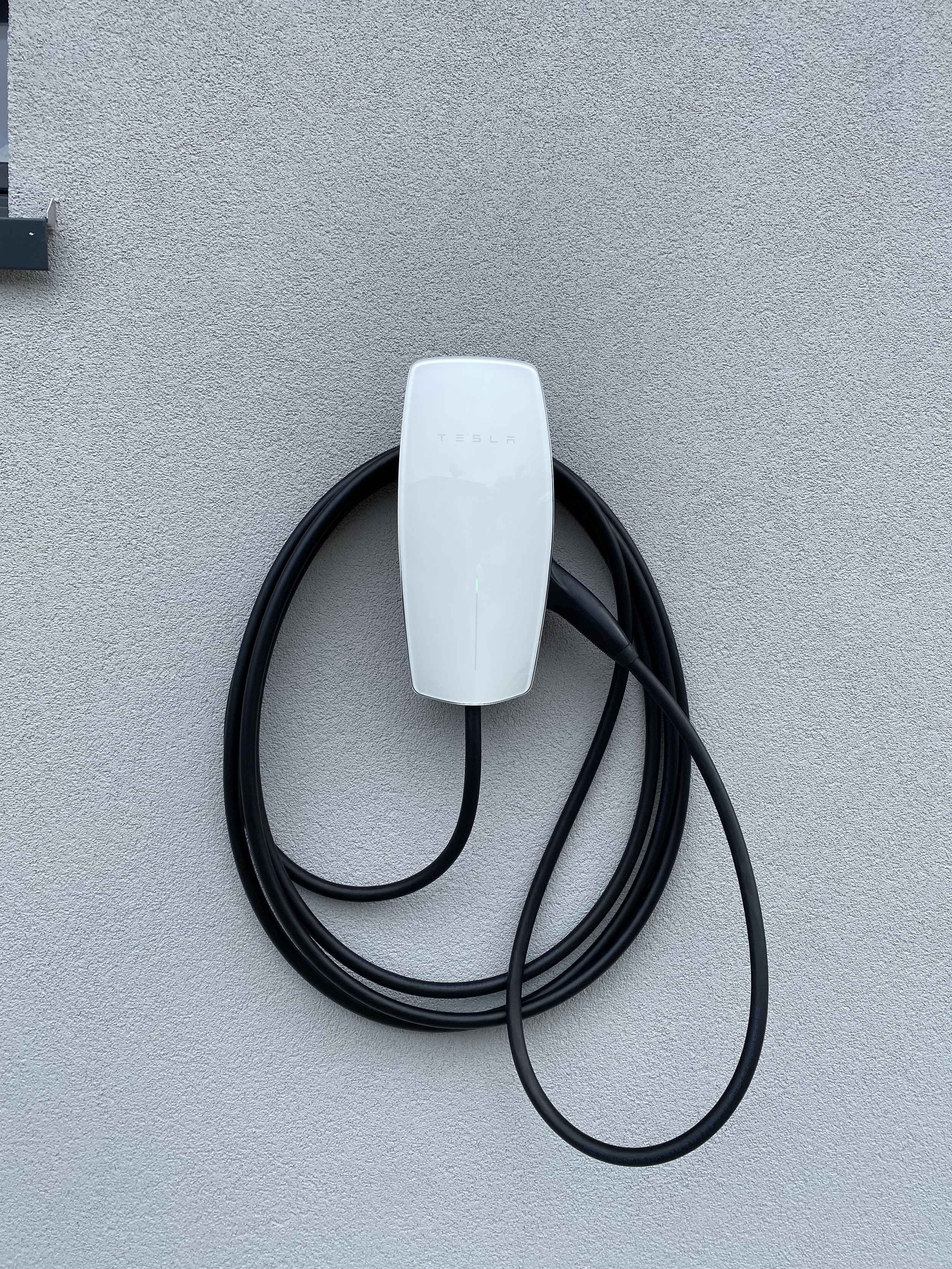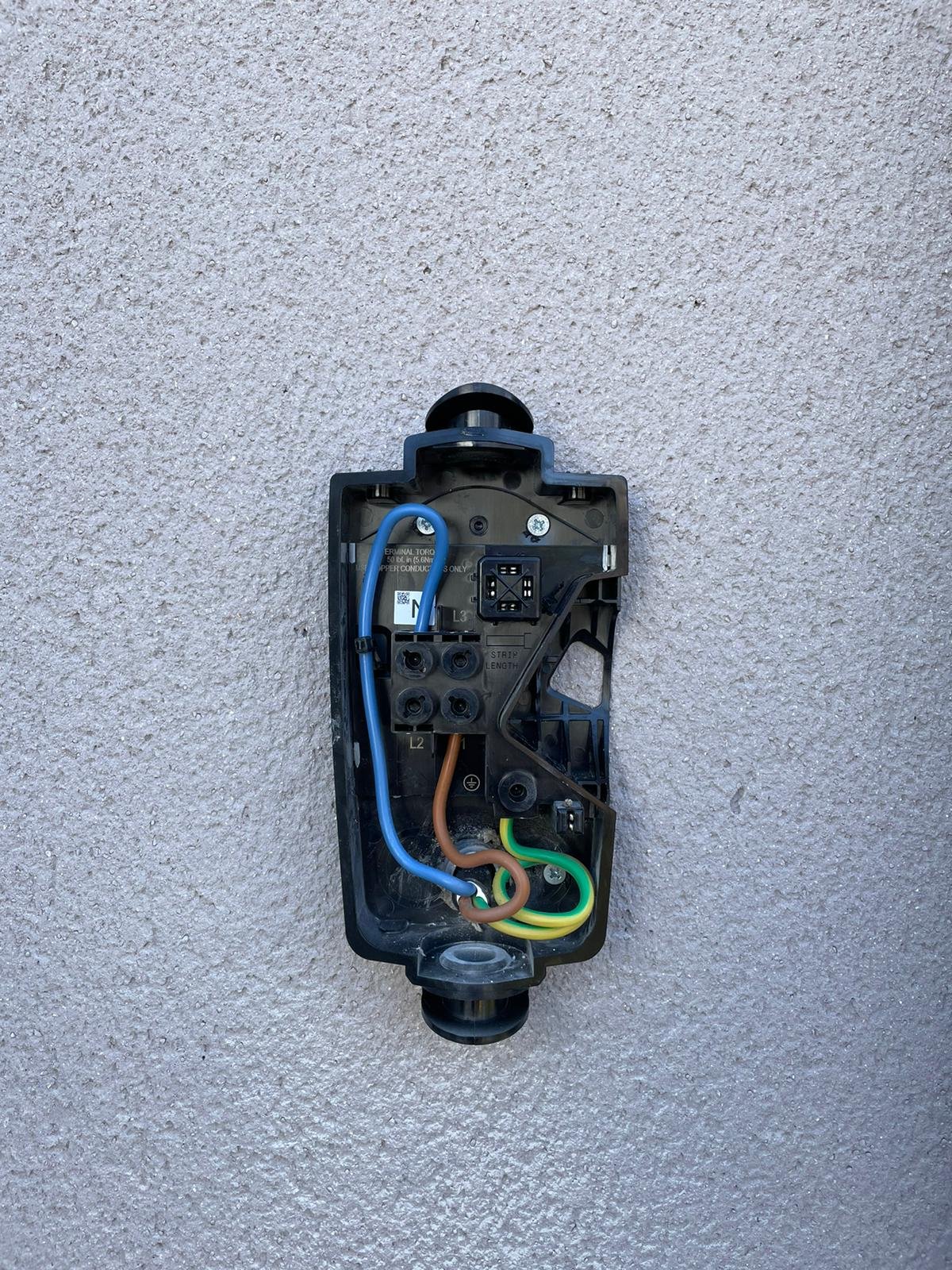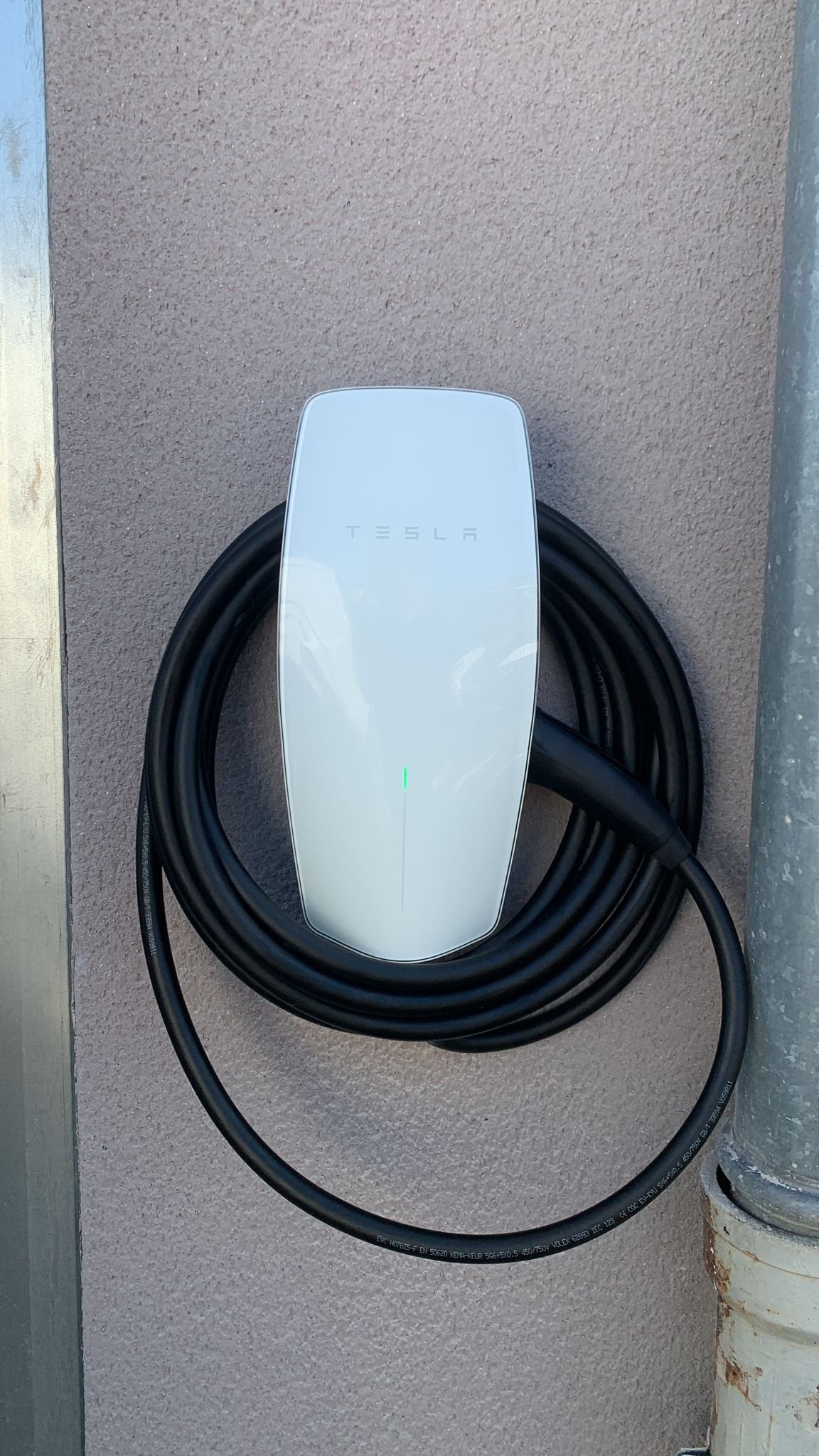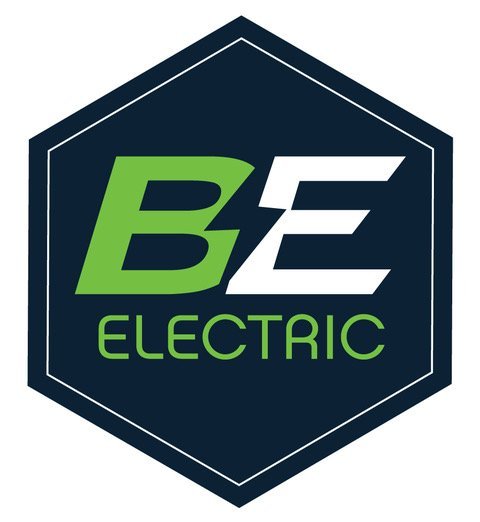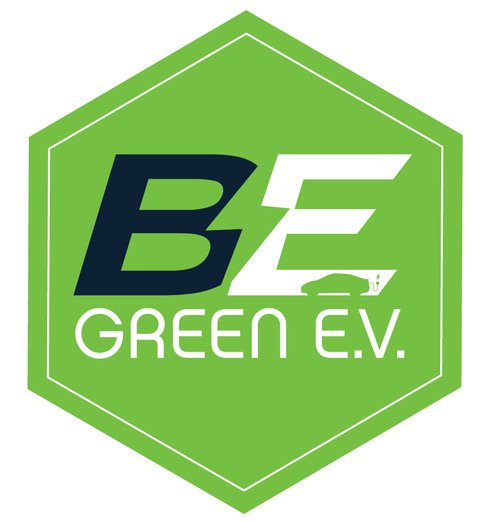
Electric Vehicle Charging Points
Tesla approved IRVE technicians for Electric Vehicle charging point installations in the French Alps
Keep Your Electric Vehicle Charged and Your Life Moving
Contact B.E. Green EV today for a free quote for the installation of a charging point for your electric vehicle in the French Alps and the surrounding areas.
At B.E Green we specilise in the installation of electric vehicle (EV) charging points for homes, businesses, and public spaces in the French Alps and surrounding areas.
Our team of IRVE qualified technicians has years of experience in designing and installing customised charging solutions that are reliable, efficient, and built to last.
With an EV charging point installed at your home or business, you can enjoy the convenience of always having a fully charged vehicle ready to go whenever you need it.
Plus, you'll save on costs compared to using public charging stations, and you'll be doing your part to reduce your carbon footprint and help the environment.
Contact us today to learn more about our top-quality, Tesla Approved EV charging point installation services.
info@be-greenev.com
FAQs
We’ve answered your most frequently asked questions about installing home vehicle charging points in France.
Keep reading to find out more…
-
Safety
Using a standard electrical socket to charge your car is not recommended as it can lead to overheating and melting of the socket.
Speed
A type 2 charger can usually charge your vehicle in 8 hours (overnight). This will depend on the type of vehicle you have.
Convenience
Once you have your home charging point installed, you will no longer have to plan charging around getting to a public charging point. You can wake up with your vehicle fully charged and ready to go each morning.
-
Batteries store DC power, the AC current coming from the grid has to be converted.
An AC charger (a home charging point) converts the power to DC within your vehicle. This type of charger is slower to charge as it is limited to the power it can process (up to 22kWh for 3 phase installations).
Commercial charging stations convert the power from DC to AC within the charging point and are much faster, capable of delivering more power to your vehicle battery.
For example, you want to charge a Tesla Model s, with a 100kWh battery with a type 2 charging point, it would take 7 hours (10 hours for an 11kW charging station). If you were to use a DC charging station it would take about 30 minutes.
-
In Europe the type 2 charger is the standard charger available. It allows for both single and 3 phase charging. They are compatible with all electric and hybrid vehicles and allow for the fastest charging for a domestic environment as they can deliver 7.4 kWh for single phase or 11 kWh - 22 kW for three phase installations.
It is also possible to charge your vehicle using a reinforced plug. (you should never charge your vehicle using a standard plug and extention cable as it is unsafe). You still need an IRVE registered installer to install a reinforced plug socket. These heavy duty outlets are designed to deliver 3.2kWh and as such are much slower to charge than the type 2 charger.
At B.E. GreenEV we recommend you install the type 2 charger in your home and office as the most efficient home charging option.
-
This depends on how you use your vehicle, your car’s range etc. You car manufacturer is the best place to go for advice on how often and at what point to charge your vehicle. General advice is that you should keep your batter between 20 – 80% and only charge when required. With a home or work charging point, you can charge as an when you require, no need to plan your charging around an outing to a public charging point!
-
Your devis is calculated based on the following information;
Whether you are in a Copropriété or a private house
If you are in a copropriété and you are using the shared consumer board you will need to install a sub meter to track your electrical consumption. You will also need approval from your copropriété. Your devis will include any additional materials required.
Available space on your consumer unit
We will ask for a photo of your consumer board to establish whether there is enough space for us to install the components required. We will match also the brand you have installed, its worth noting that the components required are all slightly different prices depending on the brand.
If we deem there is not enough space on your board we will include a sub-board in the quote and allow for additional time for this installation.
Distance between your board and the installation point of the charger
This has the biggest impact on the price of your installation. You need to take into account the total distance between your board and the charging point when following the walls/ going through the ceiling etc. We will adjust the length of cable required accordingly; the longer the length of cable required and the more complex the route for the cable to the charging point, the more time needed for the installation.
We will also take into consideration the route the cable has to take. A simple installation; where the board is in the same room a the charger, no walls need to be drilled and we do not need to ‘hide’ the we estimate installation will take a minimum of 3 hours.
Placement of the charger
You need to decide upon your preferred charging point placement. Once decided, consider the route the cable needs to take to get there (see above) as this will impact on the cost of your installation.
You also need to show us what you would like to mount the charger onto. If this is a simple wall mount, our quote will include the materials and time estimated for this. If there is no wall, or the wall is not suitable for drilling (too low, uneven or unsuitable material to drill into) consider whether you need a post to attach the charger to. You can look at buying a specific charging post (see telsa post) or reduce costs by putting in a simple wooden post. You will need to install the post and ensure it is stable and any concrete set before we scheduled the installation of your charger. Both chargers we recommend are suitable for wall mounting.
Single or Three phase
For houses in France, you will need to clarify whether you have single or 3 phase installation as this will affect the materials needed. A 3 phase installation allows for faster charging of your vehicle on the whole, but the electrical materials required are more expensive. If you are unsure on your installation power, you can include a picture of you Linky box or copy of a recent electrical bill.
Most houses are single phase installations.
Your subscription power
This doesn’t impact on you devis but you will need to check your subscription with your electricity provider as this will impact on whether you have enough electrical power to your boart o allow for the charger (they will need 7.4 kW for singlephase installations). If you need to increase your subscription we recommend you contact your energy provider to make the adjustment before your installation date.
-
No you don’t have to make any changes to your electricity installation to install a charging point as everything is adapted to your requirements. You may just have have to adjust your subscription depending on the amount. (see FAQ on what information you need to provide for a quote for more detail)
-
The difference between the two installations is speed of charging. If you have a Triphasée (3 phase) installation in your home you will be able to get power up to 22kW, which can charge an EV in about 4 hours (depend on the battery size of the vehicle). Single phase can deliver up to 7.4kWh
-
An RFID card (radio frequency identity card) allows for contactless access to a public charging point but they can also be used for your home or office charging point. This is a good option for you if you have multiple vehicles and want to see the break down of charging and associated costs per vehicle. It allows you to lock access to the charging point allowing access to anyone with an associated RFID card.
-
Yes you can lock your charger. You can either use the RFID card system to allow access to your charger or through the application on your phone. More information can be found in the instructions specific to the charger you install.
-
Yes you can integrate your photovoltaic solar panels into your charger to fully benefit from your renewable energy source. To find out more information head to our article here.
-
This is a function that allows your charger to adapt the power used from your board in conjunction with the power available. It means that your board will not trip as it will automatically adjust according the amount of power available, communicating with your Linky. This option is only available with certain chargers.
At B.E Green we recommend you install the Wallbox Pulsar plus with the dynamic charge option.
-
If you are looking to install an electric vehicle charging point in your home or second home in France, you could be elidgible for a tax credit.
The amount is 75% of the cost of the installation or up to 500EUR.
For more information on how to qualify see here
Get a quote for an EV Charging Point
Please complete the following form and submit your enquiry
Gallery


